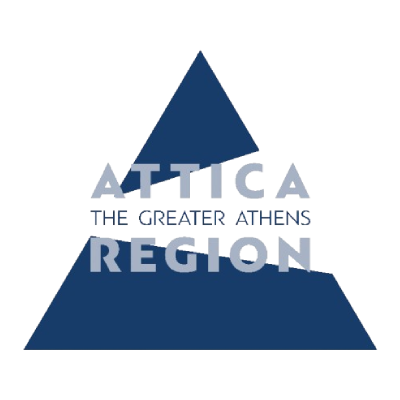Dr. Stefanos Kavallierakis: “I love the area around the Marathon Dam, Athens city centre and the remote beaches of Attica’s south coast.”

Interview with historian and director of the Athens City Museum,
Dr. Stefanos Kavallierakis:

“I love the area around the Marathon Dam, Athens city centre and the remote beaches of Attica’s south coast.”
1. Mr. Kavallierakis, the Athens City Museum, a museum with exceptional architectural and historical value in the centre of Athens, recently celebrated its 40th anniversary. What can visitors see in the museum and what era will they “travel back to”?
The Athens City Museum is housed in two of the oldest buildings in Greece’s capital city. Its collections feature paintings, engravings, sculptures, furniture and major relics of Modern Greek history. Among them, the exhibits that stand out are the painting by Jacques Carrey (1674), the largest painting of Athens ever made (3m x 5m) that depicts a panorama of the city and the Acropolis, before its destruction by Morosini (1687), as well as the Carnival in Athens by Nikolaos Gyzis. One of the Museum’s buildings, at 7 Paparrigopoulou Str., was inhabited by King Otto and Queen Amalia, Greece’s first king and queen, from 1836 to 1843. Thus one of its floors is dedicated to the royal couple.
The building at 5 Paparrigopoulou Str., which is connected with the adjacent building via a covered bridge, was built in 1859 by architect Gerasimos Metaxas. It is a unique example of a wealthy middle-class home of 19th-century Athens, featuring rooms with furniture of that time and a space for periodical exhibitions. All the above create a comprehensive image of the city of Athens, its residents and their habits during the 19th century, shedding light to a period of Modern Greek history for which there is little evidence available.
2. Which, in your opinion, are the exhibits that arouse visitors’ interest the most?
The largest oil canvas of Athens by Carrey, Gyzi’s Carnival, the scenographic depiction of the royal chambers, and our virtual museum tour are definitely the elements that attract visitors in this architectural jewel.
3. How are visitors protected in museums at the time of COVID-19? Which measures have you taken and how can the use of new technologies enhance visitors’ safety?
The Athens City Museum fully complies with all instructions and guidance of the Ministry of Health and the National Public Health Organisation, which is why visitors should follow certain rules:
• Keep a safety distance of 2 metres.
• Wear a safety mask at all times.
• Maximum number of visitors allowed in each room is indicated by special signage.
• Group visits should number up to 10 pax (including the guide).
Furthermore, during the lockdown we offered the audience our virtual museum tour for free and with the use of the VR glasses we managed to introduce our “virtual” Museum to foundations and public benefit organisations.
4. The year 2021 is exceptionally symbolic for the Greek nation, since it marks the 200th anniversary of the Greek War of Independence. Tell us a few words about the significance of this anniversary for Modern Greek history.
Undoubtedly, the Greek War of Independence sealed the Modern Age and is one of the most critical moments of the 19th-century European history. The Greek Revolution constitutes a particularly complex event, which mobilised a number of various powers of Hellenism, such as the trade community, the Greek Diaspora, the intellectuals and of course the Greek (“Romios”) population that lived in Greek territory, who mainly took on the war task.
5. Which routes would you suggest to a visitor, in order to “initiate” them to the rich history of Attica?
The trails on Attica’s mountains; Eleusis with its mysteries; Aegina; Poros; Hydra; Athens historical centre; my beloved northeast Attica; they are all different pieces of a single chain.
6. With which activities can foreign travellers combine their visit to Attica’s museums, so that they get a taste of the rich past and fascinating present of this land?
Visit the nearby islands and take beautiful road trips. Savour Attica’s gastronomy with its distinctive flavours and aromas and be amazed with what you’ll find wandering around without any definite destination.
7. Which locations-sights and experiences would you recommend to travellers who choose Attica’s mainland and islands for short-break holidays all around the year?
Cape Sounio; probably the greater excavation in Greece at Plassi, Marathon; my beloved Aegina; Hydra; the new route that connects the museums of Athens city centre; I also suggest they follow their hearts and instincts and relish Attica.
8. “Attica-Greece in a Snapshot” is the Region of Attica’s tourism slogan. Which are your favourite “snapshots” of Attica?
I love the area around the Marathon Dam, because it symbolises a stunning Attica and a rising Greece; Athens city centre and the remote beaches of Attica’s south coast.




